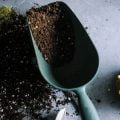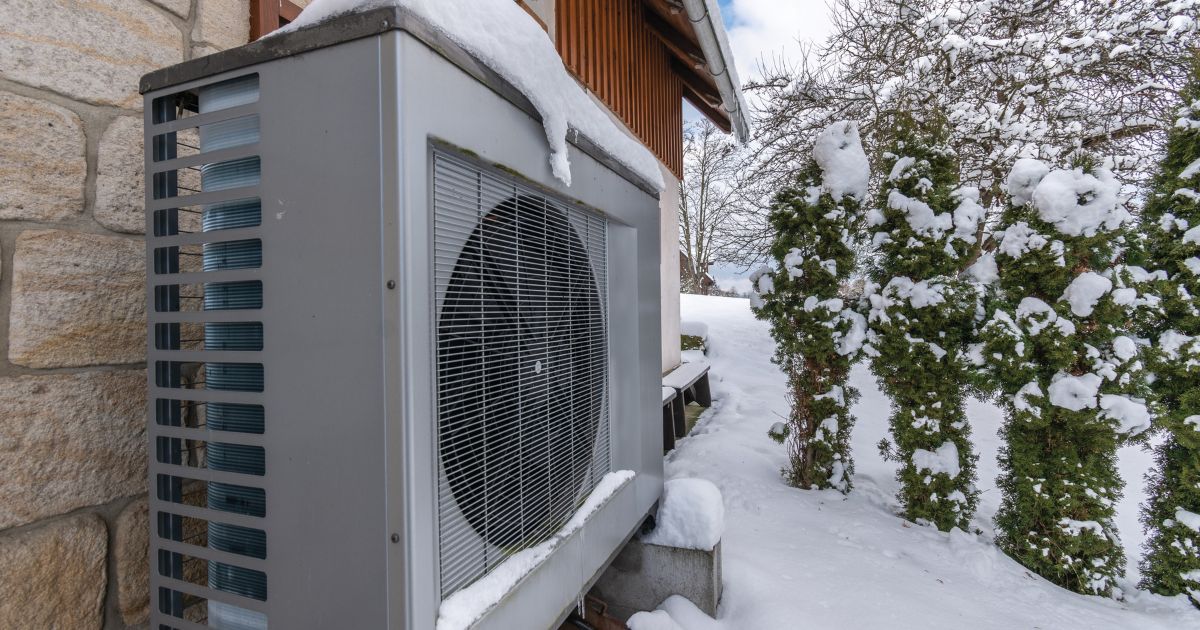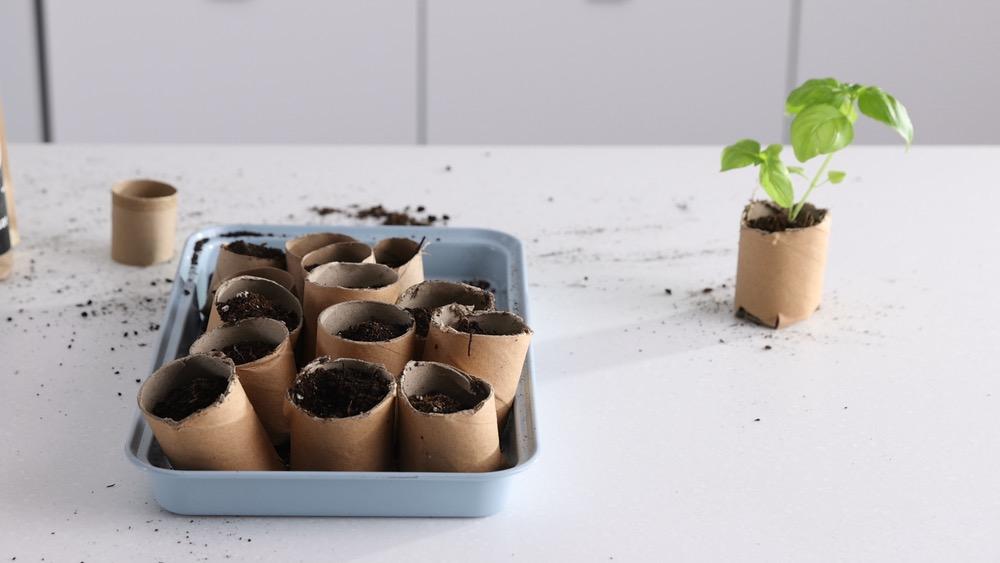These delicate songbirds have striking blue feathers, unlike any other you’ll see in nature — and they need our help. Bluebird populations have declined to just 17 percent of the levels seen 60 years ago. Effective nesting boxes could turn this situation around, but to make a real difference, we’ll need a lot of bluebird houses.
It costs just a few dollars and only takes about 20 minutes to make each bluebird house, but wildlife conservation isn’t the only reason to make them. Few other kids’ projects are as simple, long-lasting and useful as a birdhouse. And the only thing better in your yard is the smiles from the kids who helped make it happen.

Why it’s Important to Build Bluebird Houses Now
If you’ve ever seen an eastern bluebird up close, you’ll understand the attraction of building houses for them. These delicate songbirds have striking blue feathers, unlike any other you’ll see in nature – and they need our help. Bluebird populations have declined to just 17 percent of the levels seen 60 years ago. Effective nesting boxes could turn this situation around, but to make a real difference, we’ll need a lot of bluebird houses. An inexpensive and easy-to-build design can help this plight. Get your kids involved and you can teach them a little about woodworking and the vanishing eastern bluebird at the same time. I’ve built several with the help of my children.
What Materials to Use
Although you can certainly make a batch of bluebird houses using smooth lumber, I recommend rough-cut 1×6 and 1×8 cedar if you can get it. The main reason is you can find it at a good price from sawmills in most parts of Canada. It’s also rot-resistant, safe for birds and perfectly suits an outdoor location. The only trouble with rough-cut wood is you’ll find a natural variation in board thickness. So-called 1” rough lumber might be anything from 7/8” to 1 1/8” thick, depending on how the sawmill was set up. But, as you’ll see, my design takes care of these discrepancies. You won’t even have to do a whole lot of cutting to get parts to fit. These truly are easy-going birdhouses. You can even build them from rough pine if you want.
Here are the sizes and cuts of wood you will need
For the back: one piece of wood 1” thick x 4” wide x 11 1/4” long
For the sides: two pieces of wood 1” thick x 6” wide x 11 1/4” long
For the bottom: one piece of wood 1” thick x 4” wide x 3 1/2” long
For the door: one piece of wood 1” thick x 4” wide x 10 1/2″ long
For the roof: one piece of wood 1” thick x 6 3/4” wide x 6 3/4” long

Cutting the Wood
Start by sawing all the listed parts to length only; cutting to width comes later. Use 1x6s to make everything but the roof – you’ll need some 1×8 for this part. You can also edge-glue narrower wood to get to 6 1/4” roof dimensions required. I chose a roof angle of 12º from square for no other reason than it looks good. Use a chop saw or table saw to cut mitres on the top ends of the sides. More on this later. You’ll also need to create bevelled edges on the door, the back piece, and the front and back edges of the roof. As you can see in the plans, the angled cuts that extend across the width of the parts are called “mitre” cuts, while the angles across the thickness of the boards of “bevel” cuts. In this project, all are 12º from square. Now it’s time to saw some of the parts to width. In preparation for assembly, cut the door, the bottom and the back to 4” widths. To bring the pieces together, I used a combination of weatherproof glue and 2”-ling stainless steel screws. You might get away with finishing nails, but weather can cause them to become rusty and loose over time, while screws will hold firm.
The length of the bottom is shorter than the front-to-back opening it covers, and there’s good reason for this. The resulting slot creates a drainage gap at the back of the house to let any stray water escape. Position the bottom 3/16” up from the bottom edges of the sides, and set it back far enough from the front to act as a stop for the door. Once again, the door’s thickness will vary, depending on the wood you use, but that’s fine. Position the bottom piece wherever necessary so the door closes evenly all the way down the sides.
Bluebirds like a 1 1/2”-diameter access hole in nesting boxes. Before you bore the access hole, use 2 1/2” and 3” hole saws to create round patterns of grooves (or kerfs) around the perimeter of the access hole (see plans for details). This makes it easier for birds to grab the wood with their feet as they land and take off from the house. When these kerfs are done, bore a 1 1/2”-diameter hole all the way through the door to create the entrance.

How to Assemble the Birdhouse
Start assembly by placing the back and door on their edges on your workbench, with one side member resting on top. You won’t be fastening the door at this stage, but you still need it as a spacer to hold up the side. Align the top and back edges of the back and side pieces (the ones cut to 12º from square), then drive two screws to secure the joint. Flip the unit over and secure the second side in the same way, also using the door as a spacer. At this stage, you’ll have a three-sided, trough-shaped assembly. As I mentioned before, rough lumber of the same nominal size can vary in thickness quite a bit; that’s why I had you wait until now to cut the roof to width. Measure the actual left-to-right width of your birdhouse so far, then add a total of 3/4” for the overhang you’ll need (3/8” on each side). Saw the roof to the correct width and length. Place the roof on top of the body and fasten it with four screws driven down into the sides. Until this moment, the width of your door has been the same as the back, but now’s the time to change that. Cut the door piece 1/8” narrower to allow it to open and close easily without rubbing on the sides. The plans show how the door is hinged at the top, pivoting on two screws driven in through the sides. This allows easy access to the inside of the house for cleaning. Slide the recut door into place on the front of the house. For best appearance and operation, position the door 3/16” back from the front edges of the sides and 1/8” down from the underside of the roof. Position the two hinge screws 1” down from the top of the house and drive them through the sides and into the edges of the door. Close the door so there’s a consistent amount of overhang all the way down, then get ready to fasten the bottom piece in place.

Mounting the Birdhouse
When it comes time to mount the birdhouse, open the door and drive a couple of 3”-long deck screws through the back and into a post or fence. Drive a single 2”-long screw through the side of the house to lock the door shut and keep the hatchlings safe inside. When it’s time to spring clean your birdhouse, you can remove the screw and swivel the door open.
Steve Maxwell and his wife Mary live on a 90-acre modern homestead on Manitoulin Island, Ontario in a stone house they built with local materials beginning in 1985. Steve is Canada’s longest-running home improvement and how-to columnist and editor of Home and Property. He divides his time working on the land, building things large and small, and creating articles and how-to videos that teach sustainable, self-reliant, hands-on living skills.













